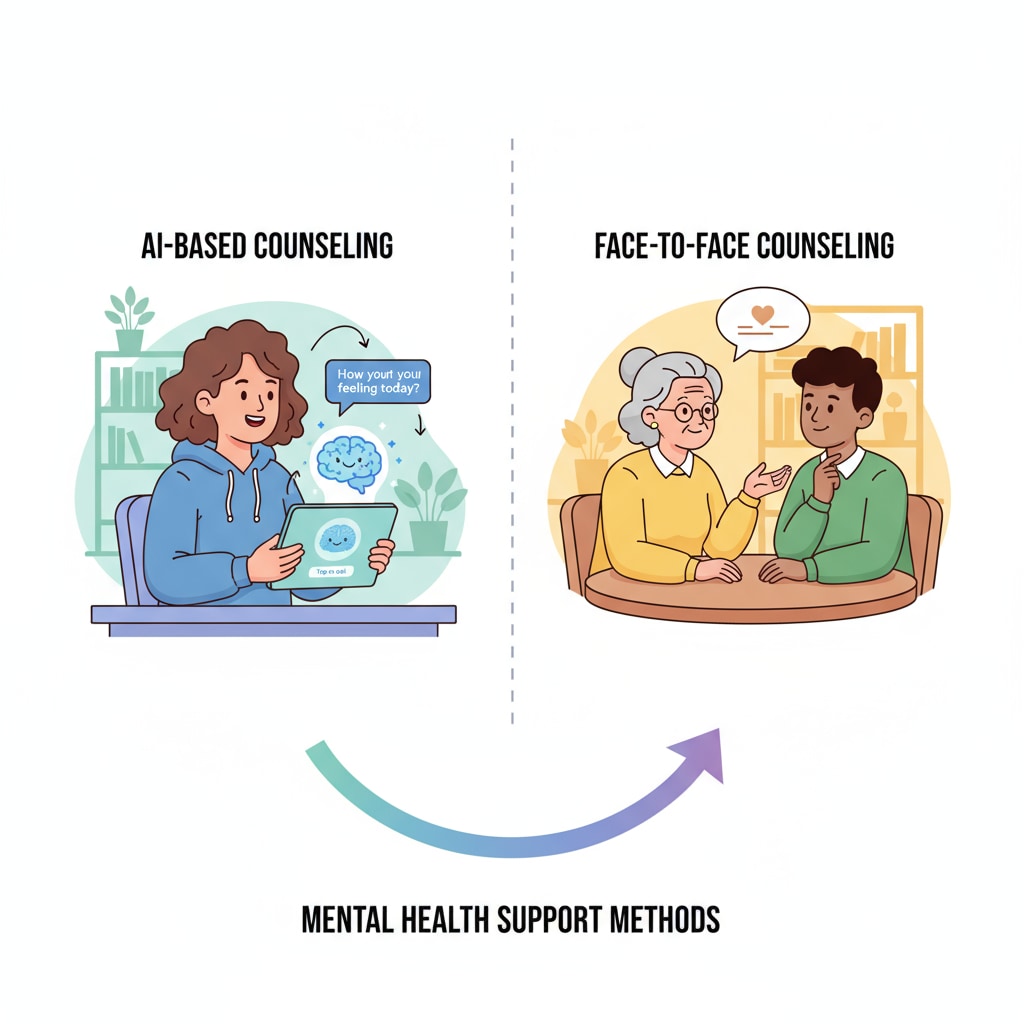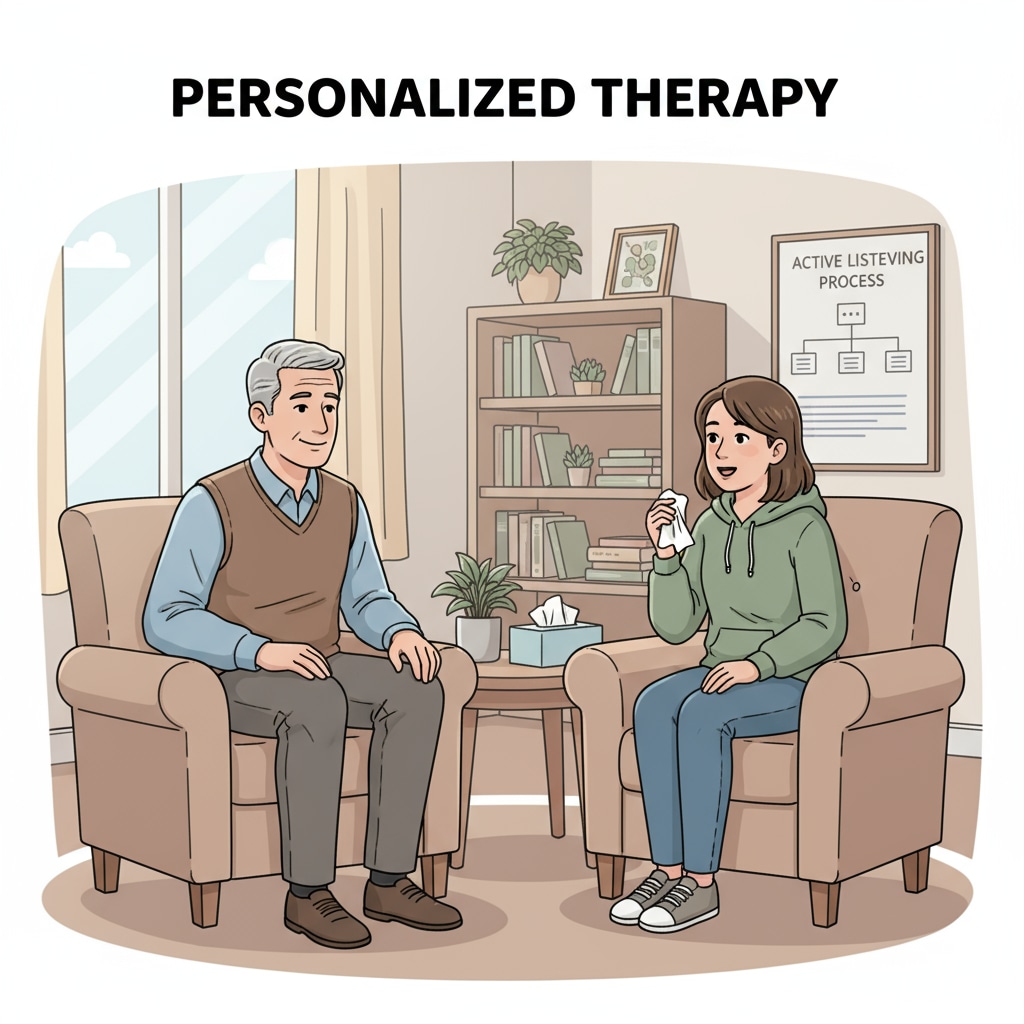In the realm of research, the comparison between AI therapy and human therapy has become a hot – button issue, especially in the context of K12 education. As technology continues to evolve, AI – based psychological counseling tools are making their way into K12 campuses. This trend raises important questions about how effective these new tools are compared to traditional human – led mental health support.

The Rise of AI in K12 Mental Health Support
AI has brought a new dimension to mental health support in K12 education. For example, many schools are now implementing AI – powered chatbots that can be available 24/7. These chatbots can offer immediate responses to students’ mental health concerns. They use natural language processing algorithms to understand and analyze students’ emotions. According to Artificial intelligence in education on Wikipedia, AI can quickly sift through vast amounts of data to provide relevant resources and coping strategies. This accessibility is a significant advantage, as students can reach out for help at any time, regardless of school hours or the availability of a human counselor.
The Enduring Value of Human Therapy in K12
On the other hand, human counselors bring unique qualities to the table. A human counselor can establish a deep emotional connection with students. They can pick up on non – verbal cues, such as body language and facial expressions, which are crucial in understanding a student’s true emotional state. As stated in Psychotherapy on Britannica, the therapeutic relationship built between a human counselor and a student is often based on trust, empathy, and understanding. This personalized interaction can lead to more effective long – term mental health support.

When comparing the two, it’s important to note that AI therapy may lack the warmth and intuition that human counselors possess. However, AI can process information at a speed that humans cannot match. In addition, AI can provide consistent responses, while human counselors may be influenced by their own emotions and experiences.
In conclusion, the research on AI therapy and human therapy in K12 education shows that both approaches have their own strengths and limitations. Educators should be actively involved in further research to integrate these two models effectively. By combining the advantages of AI’s efficiency and accessibility with the human touch of traditional counseling, we can optimize the mental health service system for students in K12 education.
Readability guidance: The article uses short paragraphs to present clear ideas. Each H2 section has key points. The passive voice is minimized, and transition words like “however”, “on the other hand”, and “in addition” are used to enhance the flow.


